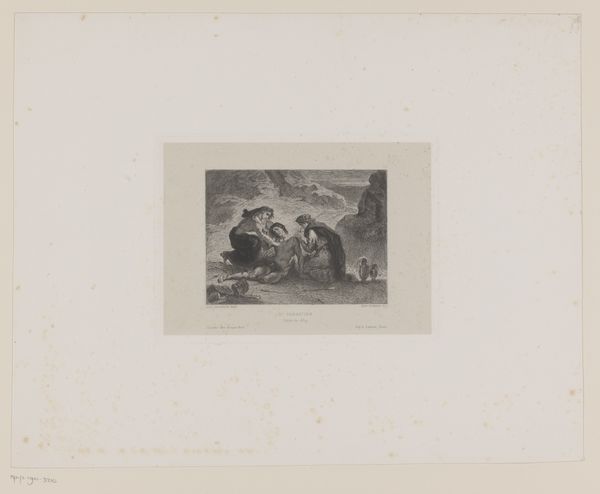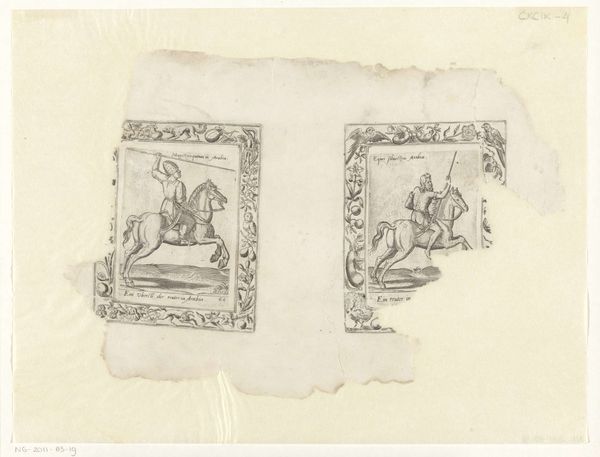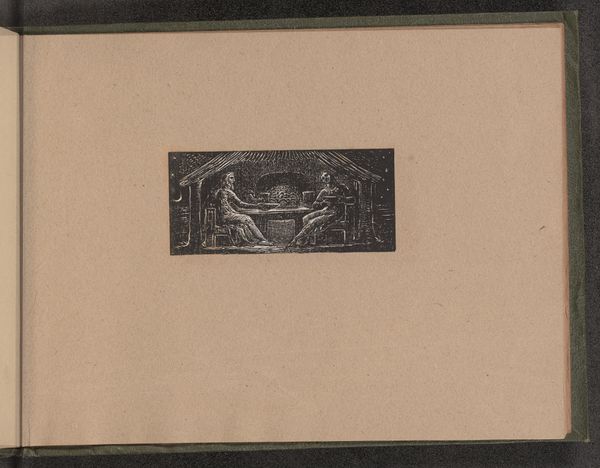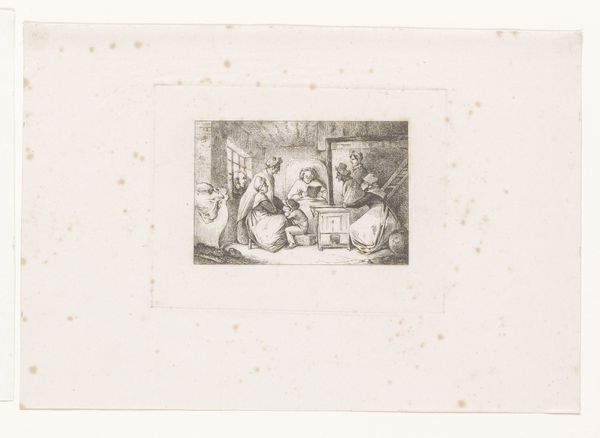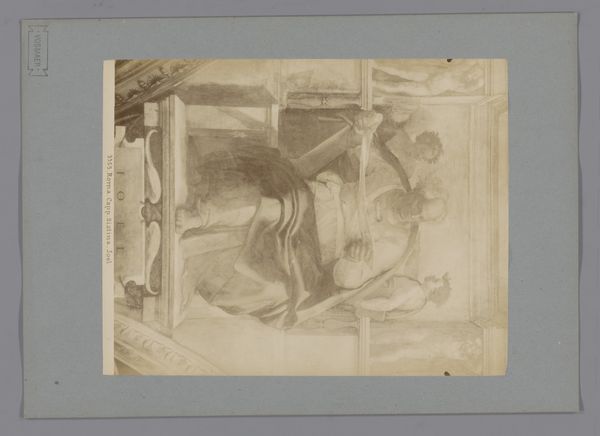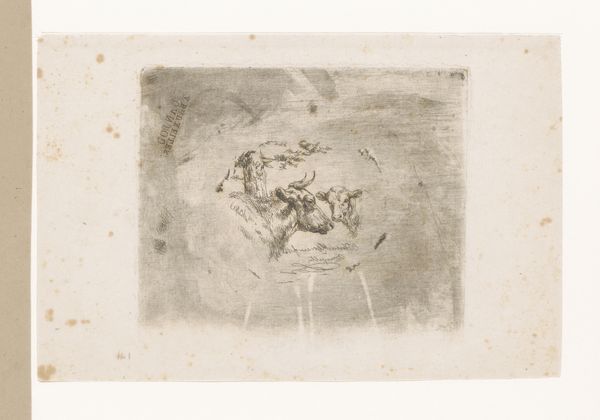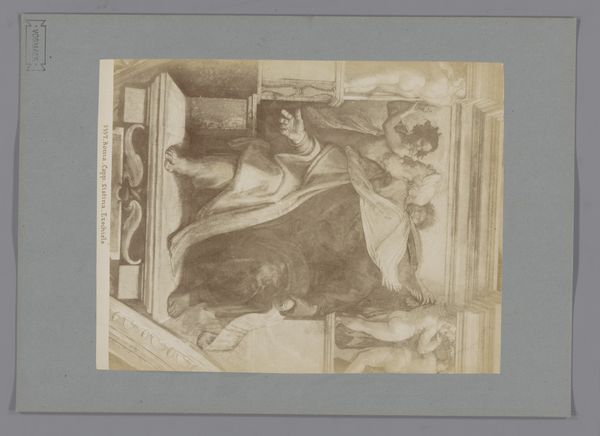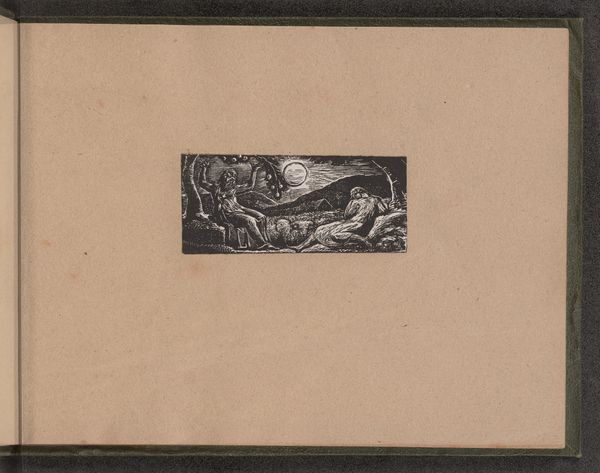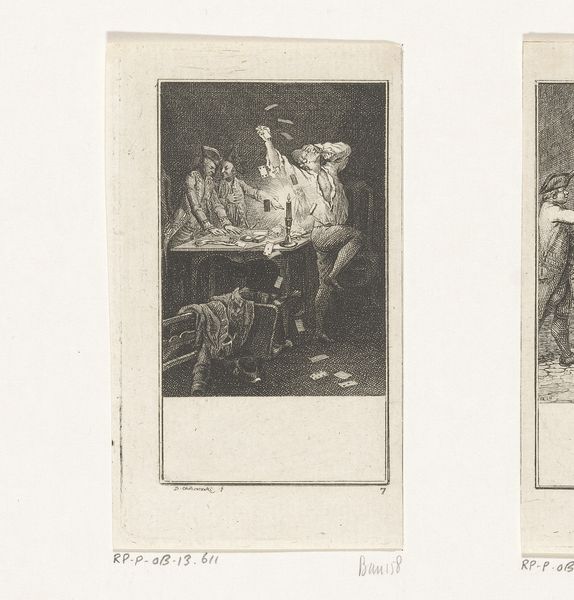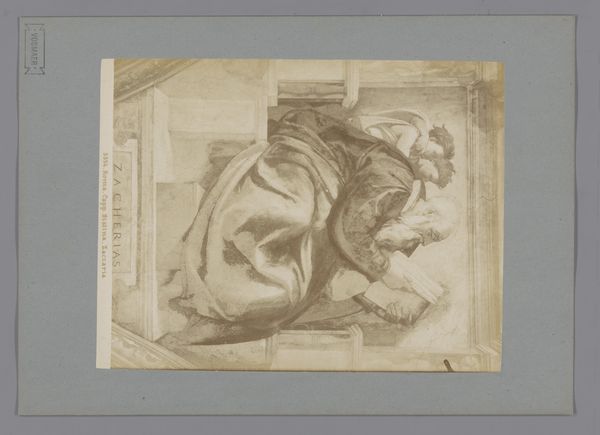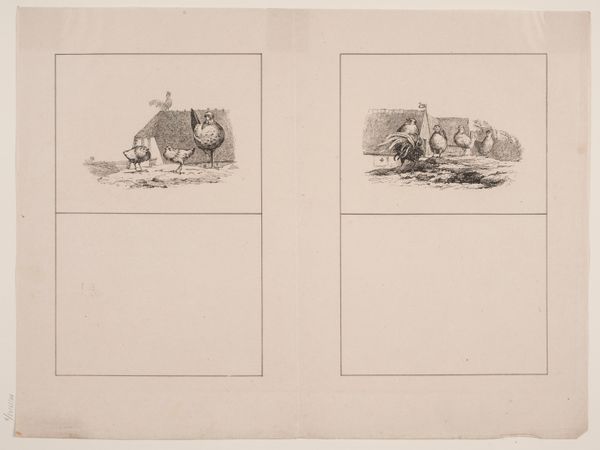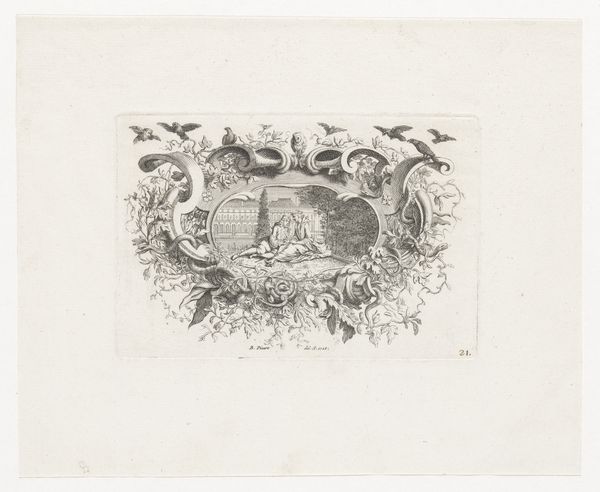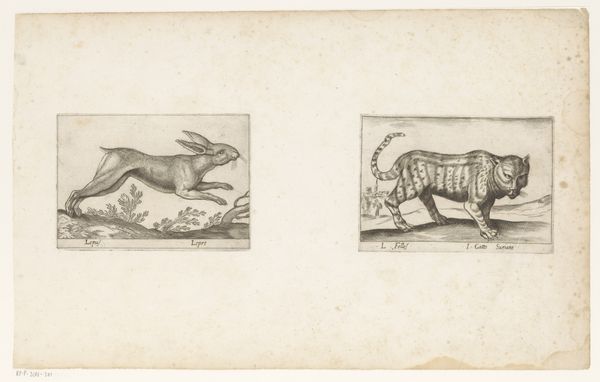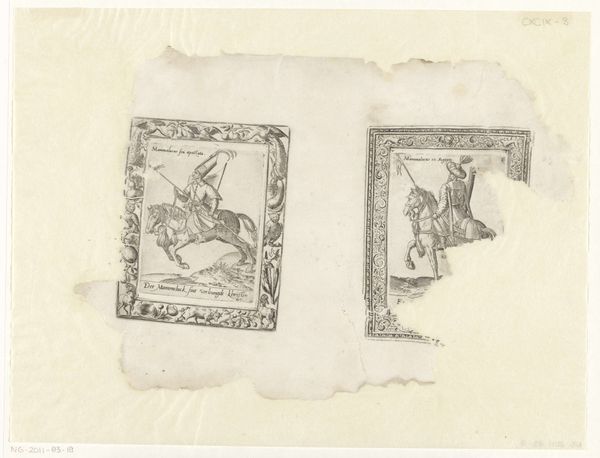
photography
#
portrait
#
16_19th-century
#
photography
#
coloured pencil
#
romanticism
#
history-painting
Dimensions: 4.7 × 6.6 cm (each image); 8.8 × 17.7 cm (card)
Copyright: Public Domain
Curator: Today, we're looking at an untitled piece of photography, created by C.H. Wareham around the late 19th century. Editor: Well, right away, it hits you, doesn't it? The melodramatic staging. Like a scene from a grand opera, everyone lying about, looking devastated. Even the furniture seems to be weeping! Curator: Precisely! Notice the symmetrical arrangement within the stereo card format, mimicking history painting. The meticulous draping, the poses of the figures – everything contributes to a calculated composition meant to evoke intense emotion. Consider how this aesthetic recalls romanticism. Editor: Romanticism gone…stereoscopic. I wonder what story is being told. Some fallen hero and his distraught…nurse? It’s like a freeze-frame from some historical drama, made all the more fascinating by being in sepia tones. Very death-and-destiny. Curator: Indeed. The materiality adds layers; the albumen print, carefully mounted, aims to capture and monumentalize a fleeting moment in time, mirroring how classical painters staged dramatic historical events for posterity. But unlike paintings, photography could capture real light and texture from the set. Editor: It is the texture that draws me in, now that you point that out! Look at the faint blurring… ghostly, in a way, which contributes to the pathos. The artist must have manipulated light. Like Rembrandt lighting only instead of a portrait, we are witness to a narrative of love and loss. Curator: An interesting contrast, certainly! Photography as a medium allows not just observation, but constructed meaning – a narrative staged for a new audience accustomed to a novel artform: mechanical reproduction meets the staged aesthetic, if you will, and offers to viewers the same emotions afforded by paintings, made popular through circulation and dissemination. Editor: What’s really interesting, thinking of what we've both said, is the quiet intimacy of it all – death made strangely accessible for those sitting in their parlor with their viewing devices, staring deep inside some unknown historical, or fictional, drama. Curator: A complex and ultimately evocative work indeed. A powerful illustration of photography's capacity to engage history and emotion through carefully constructed and reproducible imagery. Editor: It’s certainly left me pondering what little domestic dramas of longing and loss played out during the era it depicts! Food for thought!
Comments
No comments
Be the first to comment and join the conversation on the ultimate creative platform.
